With public-land agencies weakening their stance on habitat mitigation, sportsmen and women may see unnecessary loss of habitat and opportunity
We accept that energy development is a necessary activity that, quite literally, powers our lives. But the conversation about where it should occur becomes more complicated when there could be a risk to fish and wildlife resources that power our hunting and fishing opportunities.
For years, there has been a kind of regulatory backstop to ensure that unnecessary impacts to habitat are avoided or compensated for. This is called mitigation, and the Department of the Interior just made changes that would weaken this foundational conservation tool.
If you’re familiar with our favorite metaphor for how mitigation works, the DOI just spilled your beer and walked away without a second thought.
The Beer Metaphor That Explains Mitigation
Here’s what we mean: Imagine I spill half your beer. Would you feel better about this loss if I bought you half a drink? How about if I soaked up your spilled beer with a napkin and squeezed it back into your glass? Truly mitigating the impact I had on your evening would, at the very least, mean buying you a new drink and possibly even the next round.
Now, imagine that the precious resource lost was not your favorite IPA, but fish and wildlife habitat. Mitigation calls for a hierarchy of steps to avoid, minimize, or compensate for habitat damage by providing for conservation on site or elsewhere.
But in recent weeks, the U.S. Fish and Wildlife Service rescinded its compensatory and Service-wide mitigation policies, and the Bureau of Land Management issued instructions to its offices that essentially halt the agency’s use of compensatory mitigation on BLM public lands.
What Does This Mean for Habitat?
Quite simply, from this point forward, if a development project can’t avoid damage to habitat on public land through early planning, or minimize its impacts during construction, then there will be no requirement to compensate for those damages. On the ground, this means loss of habitat or its quality—plain and simple.
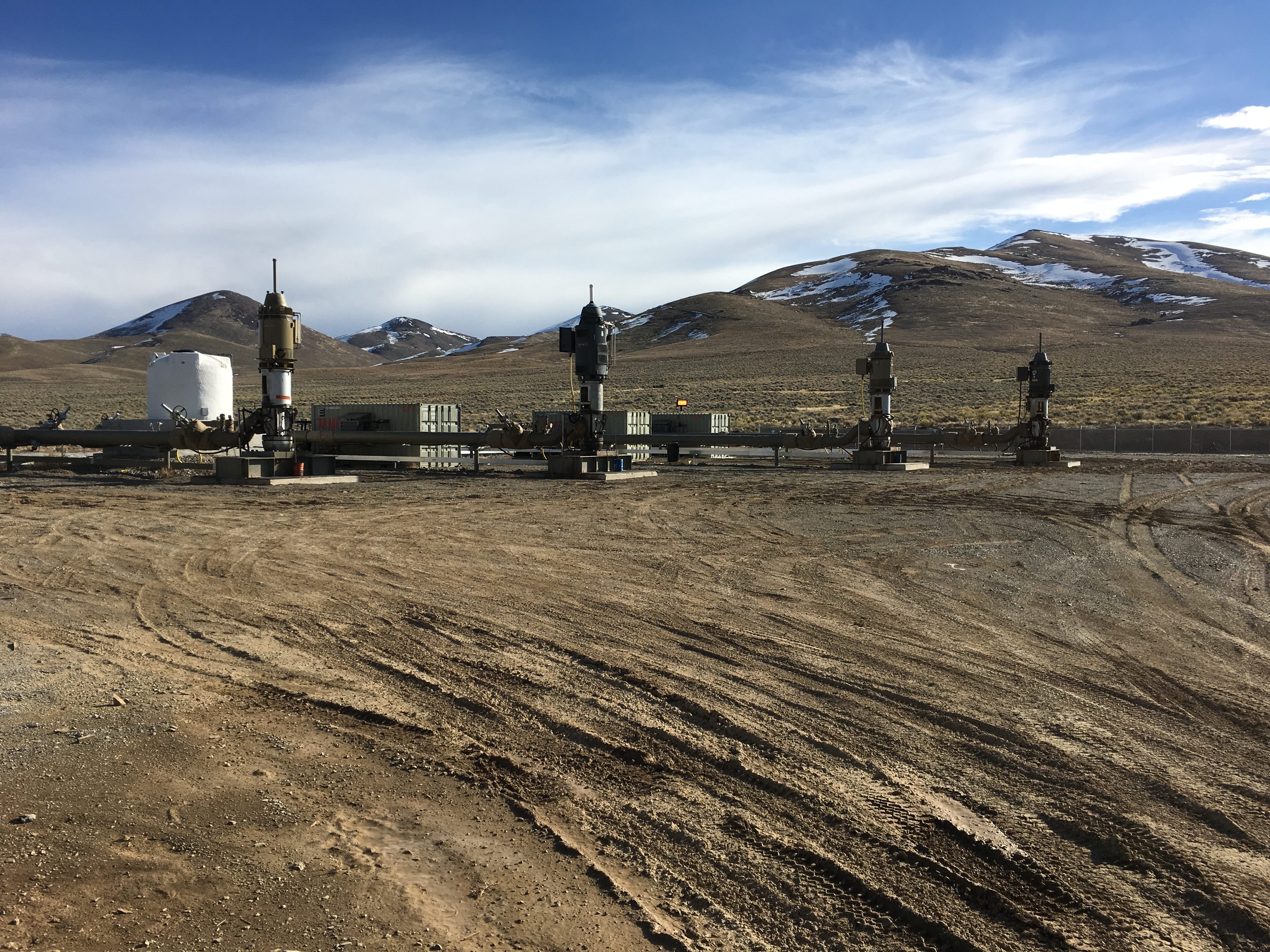
Spilled beer can’t be un-spilled, just like some habitat can’t be unspoiled. But, now, the BLM won’t hold developers accountable to even try to make up for the hunting and fishing opportunities they may have cost you on your public lands. We can never hope for a net positive, or net zero, for fish and wildlife if this is the way that DOI does its math. We will always be losing ground where impacts occur and are not mitigated.
Greater Threat to Some Species
Conservationists have long viewed compensatory mitigation as a common sense approach to balancing development with fish, wildlife, and habitat values. It is a fundamental component of land-use management, habitat conservation, and recovery of endangered or threatened populations.
These decisions to scale back on mitigation are not only harmful for listed species, but also for species that are most at risk of being listed in the future.
In states like Colorado and Nevada, which rely heavily on mitigation for impacts to the sagebrush ecosystem for their conservation strategies, these policy changes also undermine collaborative work to restore sage grouse populations and habitat across the West.
Chipping Away at Conservation Bedrock
At the center of DOI’s argument for these changes is that the department and its agencies have no legal authority to require mitigation. That may be true in a purely legal context, but the BLM most certainly has the authority and ample discretion to require developers to avoid, minimize, and even compensate for habitat impacts under the Federal Land Policy and Management Act, the National Environmental Protection Act (better known as NEPA), and other statutes governing federal land management and development on these lands.
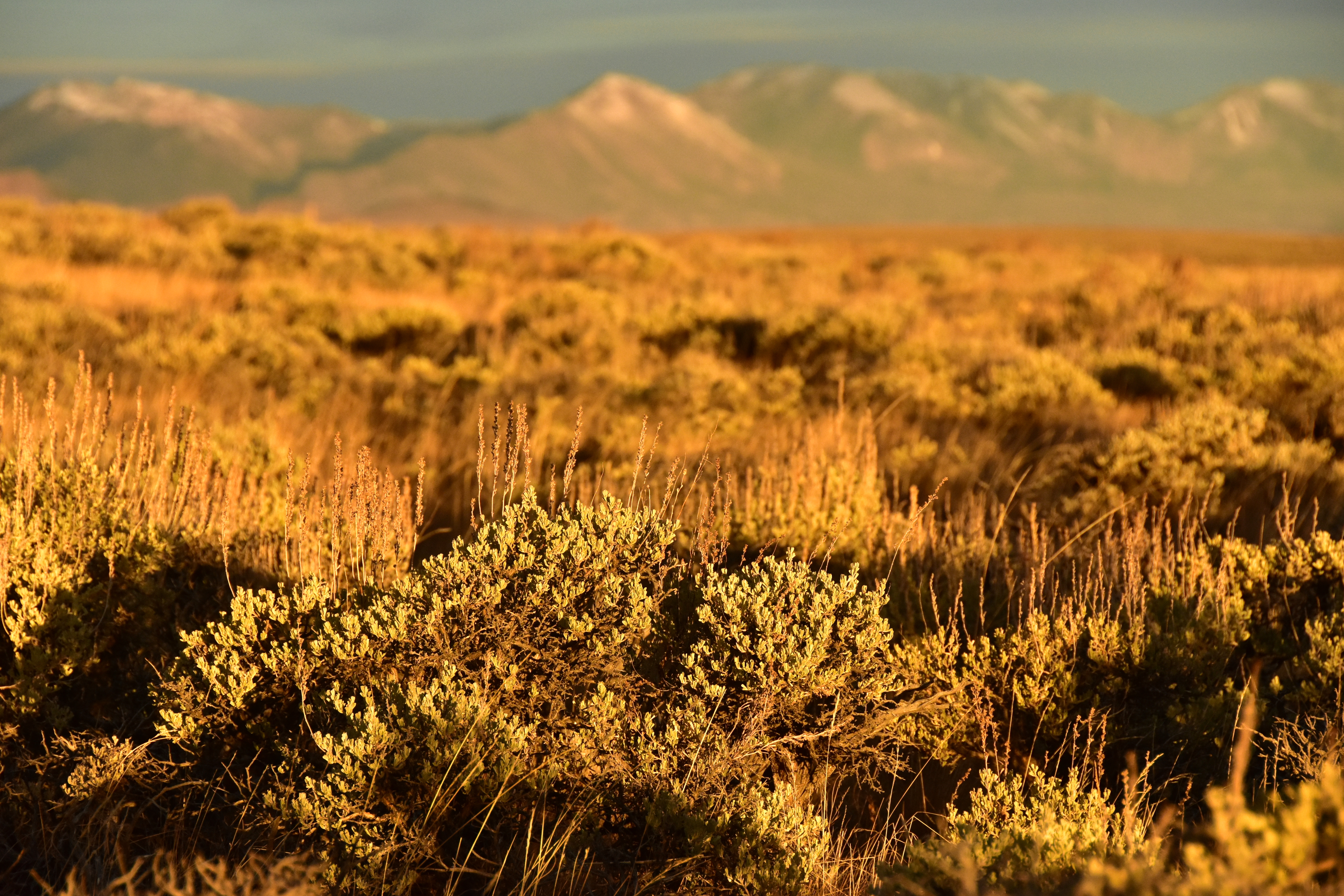
Application of the full mitigation hierarchy is critical for the BLM to achieve its multiple-use and land health standards mandated by federal policy and statute. And if the agency would like to avoid pushing developers for compensation after damage occurs, there’s a real incentive to do better up-front planning to avoid impacts in the first place—which is what we all want.
Taking away the last line of defense for fish and wildlife only creates a wildly uneven playing field: Inevitably there will still be developers who want to do the right thing and mitigate for damages, but the door will be open for bad actors to simply ignore the costs of doing business on our public lands.
The DOI has stated that the policy changes won’t affect state mitigation policies, but most states do not require mitigation. Perhaps it’s time for state legislatures and Congress to consider codifying legal requirements for mitigation, as political swings and varying interpretations of policy and law have clearly taken us many steps backward in balancing our management of public lands and energy development.
What Sportsmen Can Do
Ultimately, we are disappointed to see DOI take steps to weaken a fundamental management tool and potentially create huge setbacks for conservation of a species like sage grouse and the quality of our public land experiences as hunters and anglers. These decisions do not reflect balance nor adherence to bedrock conservation laws, like NEPA and FLPMA, which protect habitat and guide us toward a careful balance.
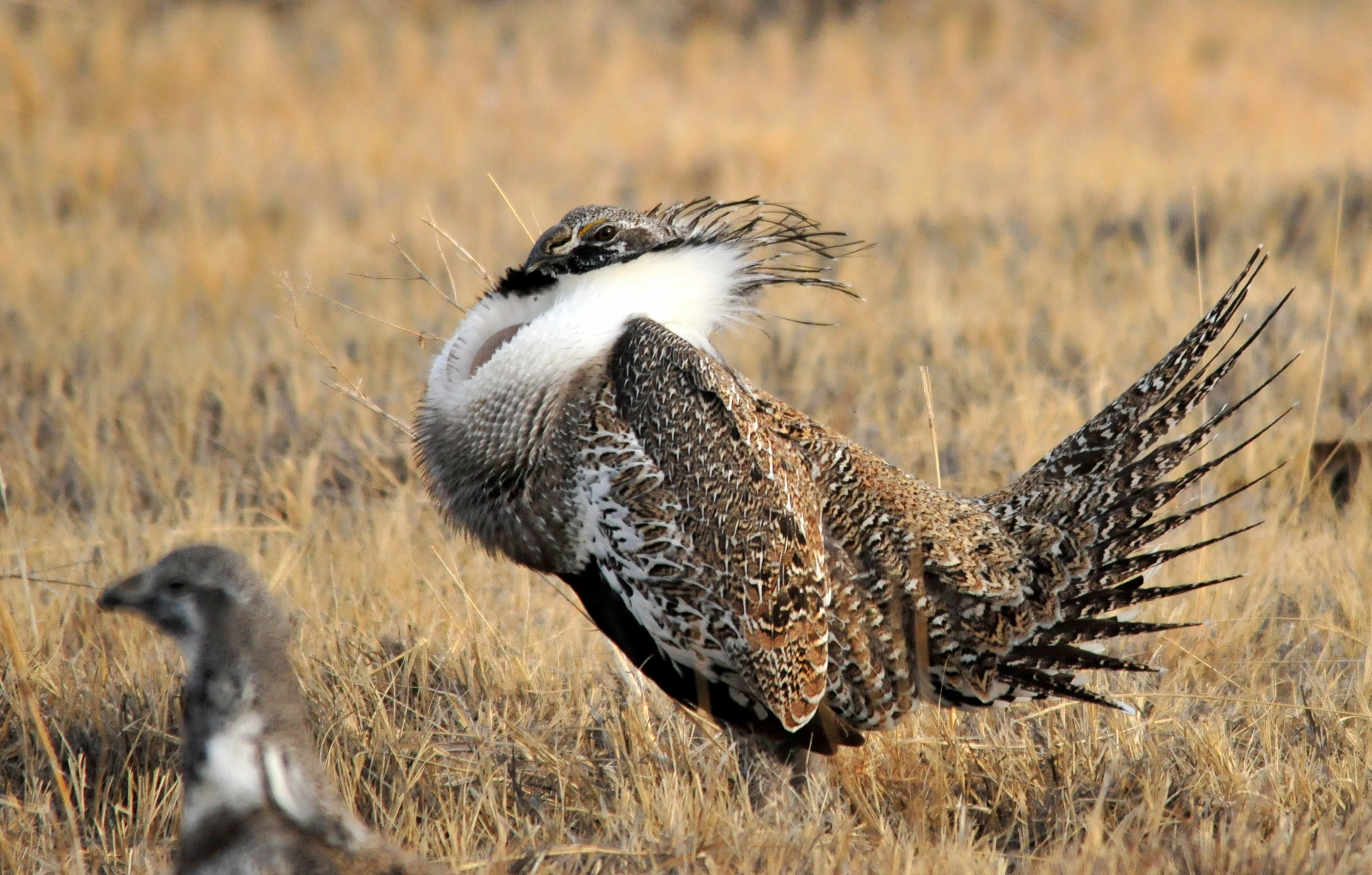
The TRCP will continue working with our partners and a wide range of stakeholders—including conservation and sportsmen’s groups but also landowners and businesses—to speak up for habitat mitigation, especially in this new era of expanded development on public lands.
And you can help. Visit sportsmenscountry.org to send a message to lawmakers that they need to do more than keep our public lands public—they need to support policies that keep our public lands well-managed for all the ways we use them. Show them we are paying attention.
Photos courtesy of Tom Koerner/USFWS.

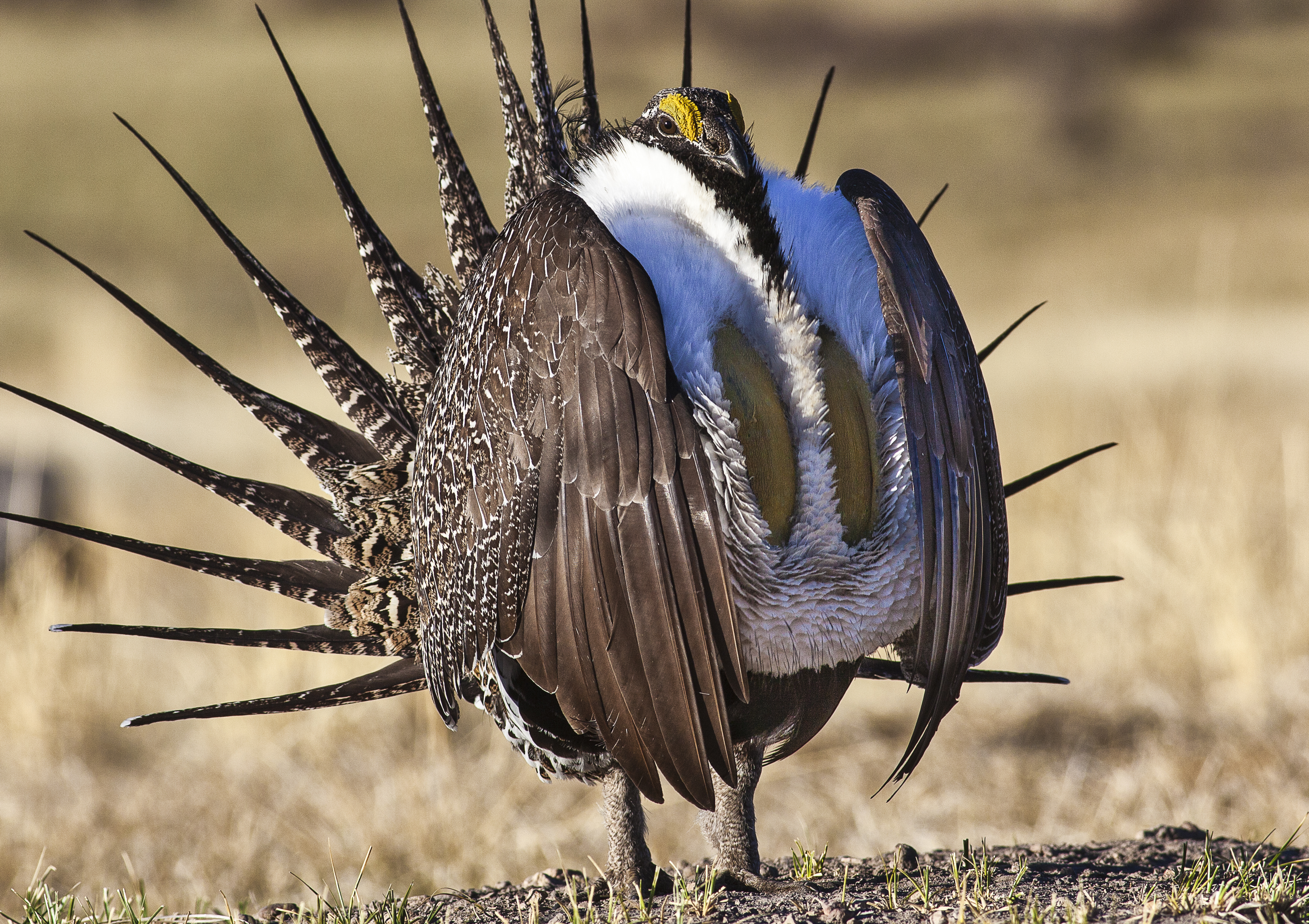
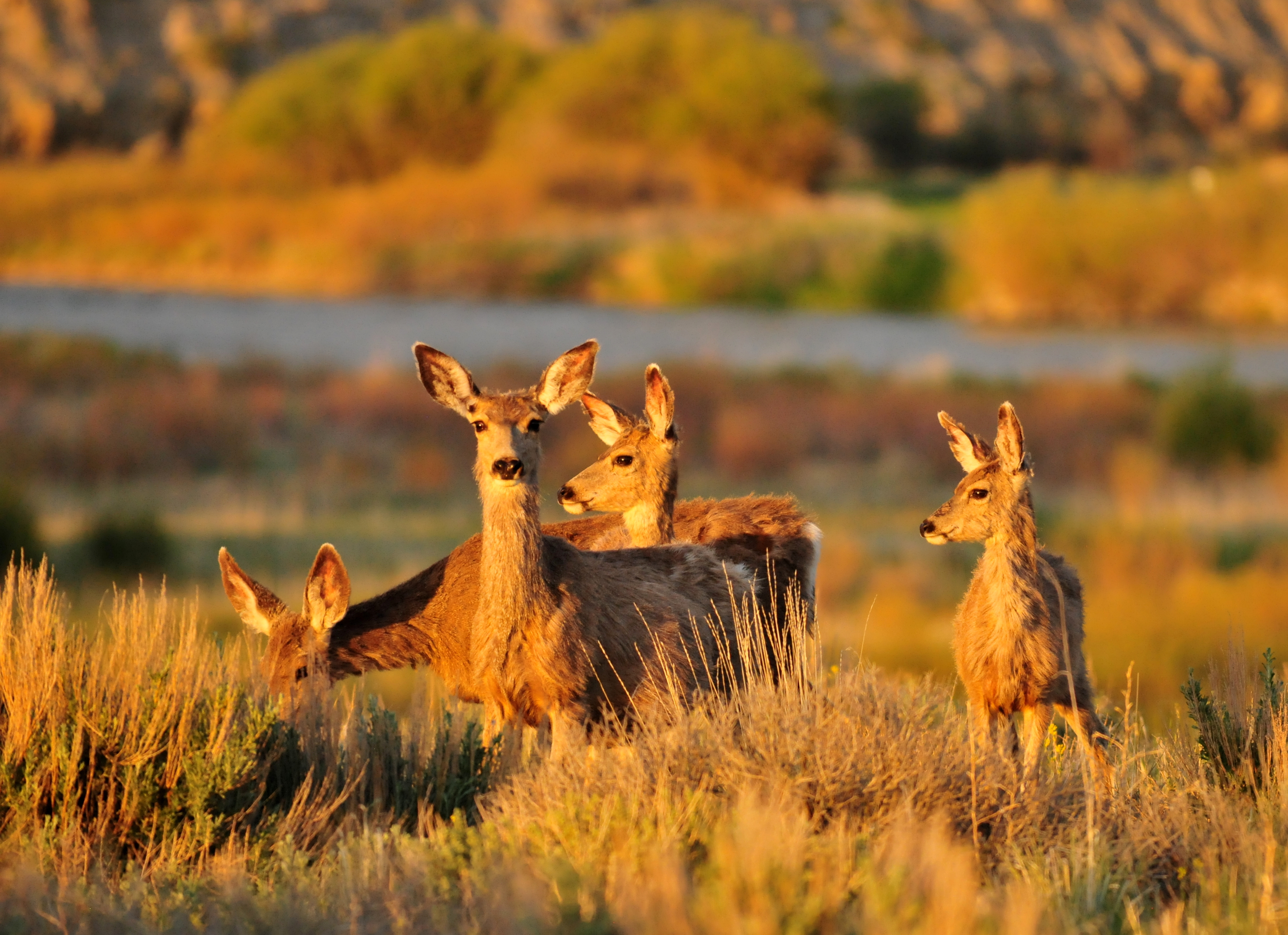
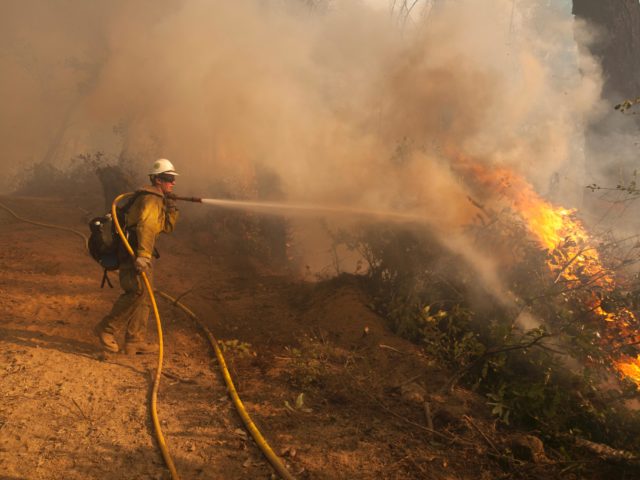




It’s absolutely embarrassing to know that this great countries public lands are up for such abuse and missuse.
If these are truly public lands and the Department of the Interior won’t police the developers. Then maybe we should Collectively do it.
Once ruined, you can’t put it back, industry should be more concerned with our land. air, and water than their bottom line!
But seriously, how are we citizens not powerless against this? Is there anything more to be done than email legislators and donate money to TRCP, RMEF, etc?
I am sick and tired of seeing the protection for our natural resources lost to absurd energy and other development. I worked my entire life to educate people and politicians about the terrible loss of our species and habitat. What about our future
Generations? Do we just forget that what we peri envied will be gone? Please help protect our natural resources!
Developers need to be held accountable in this regard. As a great believer and proponent of the Boy Scouts of America policy “Leave No Trace, Behind,” developers should be held to the same accountability. The Appalachian Mountains states were left decimated by the coal companies and we can see what the results once were – scarred land, heavily clear-cut forests, etc., are evidence of such. Don’t allow these multi-national companies do the same to the Western States.
Another example of how this administration puts the needs of big business over the rights of the people.
We need less big oil and more conservation protections. We were put on earth to sustain and manage it. Not to develop, destroy and profit from it. Kick those kind of people out of “this” country.
Who at DOI believes in a future for wild places for hunters, fishermen, photographers, hikers, recreation entusiasts? Those corporations will not mitigate, they will profit and skate off,
rendering the bill to the individual tax payer.
I went to the website highlighted in this brief you have written for us. It led to a petition for me to sign that seemed extremely general in nature and not specific enough to be meaningful to elected reps. If I am wrong, let me know. If I am right I strongly recommend that Backcountry Hunters and Anglers staffers develop more meaningful links for members to write to their elected reps regarding specific issues. The more specific letters etc the better. Similar to Trout Ultd, Wilderness Society etc. make it easy for us to help and make it meaningful. Right now I’m not sure if BHA and TRCP is on the fence about these issues (unwilling to piss anyone off) or “on-board” with keeping these negative things from happening. Thank you for listening. I appreciate it.
So what does the Montana sportsman running the DOI have to say about this?
What about the hunting son of the POTUS?
Besides being an underhanded move to support the abuse of public lands, I also see another BS move. They are dumping the mitigation responsibility on the states. This is a sneaky way to shift management responsibility from fed to state to further forward their ultimate goal of giving the public lands away.
Thanks to TRCP for keeping the focus on the threat to our public lands at the forefront. These are dangerous times and the profiteers have not been so emboldened in decades. For readers and members of TRCP, please keep up the pressure on your National and state political reps. Most will no longer hold or attend town hall meetings (exception: Montana Senator Jon Tester) , so phone calls and letters to the editor of local newspapers go a long way to expose the reckless policies and corruption. If you have a political rep up for re-election in 2018, and they have sold out our future generations’ public lands inheritance, ensure you are registered to vote and work for a change in leadership.
Mid Terms are on the horizon. Sportsman were so worried about gun control, we forgot that ya got have place to hunt to!!! And your favorite game species needs Habitat.
It’s embarrassing to know that Ryan Zinke is of Montana.
I find it interesting that throughout most of the comments to this vital issue that has been going on for decades seems to be centering around the Trump Administration. I lived in Jackson, Wyoming for many years and the Sage Hen, Antelope and many species were endangered by necessary development of oil, coal, minerals that provide jobs for people that still want to work, love their country and respect The Constitution. So much has been dumped into President Trumps lap by crooked politicians from both sides of the political aisle that even with his level of success at getting the economy back on track, constantly attacked by he miscreant liberal democrats and his own party his biggest stumbling block, people like you want to blame it all on the present administration. I hunt, have trained German Shorthair Pointers for fifty years, and enjoy the outdoors as a gift from God, each and every day. Think of it as an opportunity to make positive change with a president like Donald Trump in office and pray our nationin all ways survives. God, Family, Country, Job, has always worked if we follow moral principals.
Skipping past your “people are lazy” and your “boohoo, Trump is a victim” blather, how is any of this either a positive or moral thing for your “gift from God”?
I have nothing but respect and support for TRCP; however, this article is a bit misleading.
If you read the policy itself, the goal of this change is not “open the door for unregulated development”. How it appears to me is that the BLM will not allow offsite mitigation to compensate for impacts created directly on a new site – meaning that all development projects now much reach a Finding of No Significant Impact (FONSI) through the NEPA process without incorporating offsite mitigation as an offset. Unnecessary or undue degradation is not allowed on Federal lands. Offsite compensatory mitigation does not directly mitigate impacts onsite and therefore may not be used to compensate for unnecessary or undue degradation. A project proposal that will result in unnecessary or undue degradation must either be modified, denied, or mitigated onsite to eliminate the potential for causing unnecessary or undue degradation.
This is an issue that TRCP and other organizations will have to get re-instated asap when there are more responsible players involved. One of the many problems is that the land and waters have never been more pressured but the politicians and lobbyists and industries still act like it’s the 1970s. In 1950, there were 2.5 billion people; now, there are 7.5 billion. The pressure on wildlife and our natural resources has never been greater. Therefore we should be smarter than ever about managing energy development and its impacts. Instead, this bunch is just trying to grab everything they can…for money. The November vote needs to send a corrective message. And one commenter mentioned Zinke and Trump, Jr being hunters….I think they now have unlimited access to private ranches from their oil and gas buddies. Access that very few of us will ever see. We have to fight like hell for public lands and their health.
Zinke, Wheeler, Pruitt and the rest are shills for the fossil fuel and mining industries. Period. Despite the trappings and throwaway rhetoric, they DO NOT care about he concerns of hunters, anglers, birders, paddlers, hikers and the rest. Period. The sooner more of us realize that – and realize the real threat to America’s natural heritage – the better. Although I fear the longer the current administration is given free rein to dismantle environmental protections, the harder it will be to get them back. Lip service and photos of DonJr. & Eric on (virtually) canned hunts are only masking (badly IMO) the real agenda. Gotta stop ’em. Now.
This is what you get when you vote republican or if you don’t vote at all. The republicans have not been friends of sportsmen for a long time and they’ve gotten worse in the past few years. The NRA is not a friend of sportsmen either.